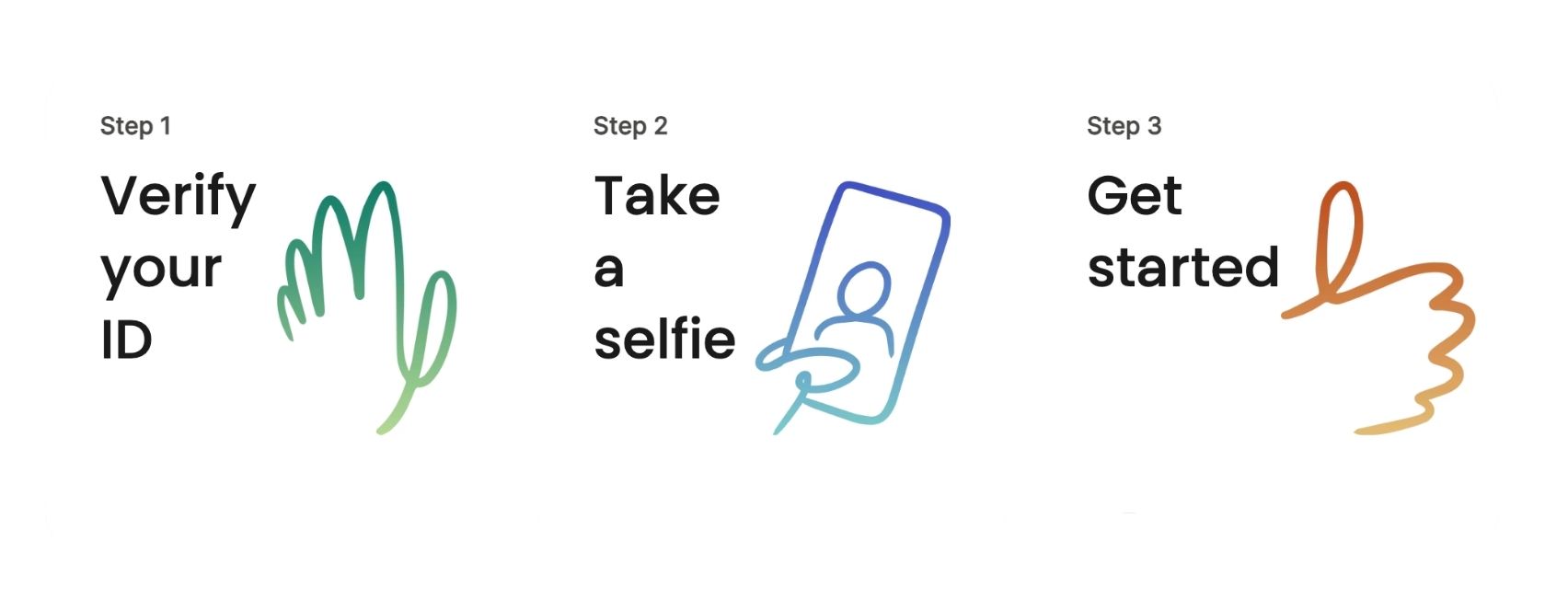Fibroscopy allows the exploration of the esophagus, the stomach and the duodenum and to highlight possible abnormalities and to take biopsies (removal of a fragment of tissue to study it under the microscope). It is currently the reference examination for exploring the esophagus, stomach and duodenum.

In 95% of cases, the fibroscopy is performed under general anesthesia. It is not a painful examination but it is not very pleasant, hence the need for anesthesia or sedation.
The same day, because of the general anaesthesia, it is necessary to fast.
The examination uses a flexible device called an endoscope that is introduced through the mouth or nose, after, in some cases, a local anesthetic. It consists of a flexible tube connected to a lamp and a miniature camera. The whole is connected to a monitor that will allow the practitioner to have a direct and precise visual during the examination.
During the examination, the fibroscope will be introduced through the mouth and then progressively brought to the duodenum, a gas is insufflated to allow a good visualization of all the walls. If lesions are found, the gastroenterologist can take samples with forceps. The tissue taken will then be analyzed under a microscope in the laboratory.bv
The examination lasts only about 20 minutes and is done on an "outpatient" basis, which means that you can go home a few hours after waking up, on the condition that you are accompanied from the hospital to your home.
The fibroscopy is performed under general anesthesia. Preparation begins with the mandatory pre-anesthetic consultation with the anesthesiologist five to eight days before the scheduled date.
Complications of gastroscopy are very exceptional. They are in particular: perforation, haemorrhage, cardiovascular and respiratory problems and infection. They may require hospitalization. All these complications appear most often during the endoscopy, but can also occur a few days after the examination (abdominal and thorax pain, vomiting of red or black blood, coughing, fever, chills, etc.). It is therefore very important to contact the doctor and/or the anesthetist who took care of you immediately.
Keep in mind that you may feel drowsy for 24 hours after your fibroscopy. You should not drive or operate machinery during this period. Because of the transient effects of anesthesia on memory, it is also recommended that you avoid making important decisions, such as signing legal documents, until the day after the procedure.
Although you can resume most regular daily activities and your usual diet immediately after a colonoscopy, you should avoid alcohol and strenuous activity for at least 24 hours.
Introducing Eva.
Receive a complete Readiness Report in 24 hours — Built with best surgeons and anesthesiologists. Powered by AI.
Send the report to your surgeon.

About 38% of adult patients suffer an adverse event during or following their surgery, researchers reported Wednesday in the BMJ.
Nearly half of these complications result in serious, life-threatening or fatal harm, results showed.
60% of the complications were potentially preventable and 21% were definitely or probably preventable, researchers report.
Our mission is to provide safe & affordable surgical care
for every patient using AI technology and telehealth.

Surgery should be centered around you.
Your health, in your hands.
With Eva Me, it is. Licensed clinicians review your health record to provide personalized recommendations for surgery and anesthesia. It’s time for care that’s true to you.
Securely access Eva Me with a photo of your ID and a selfie.

Health records in multiple portals? That’s a thing of the past. Eva Me gathers your records in one place so licensed providers can give you personalized recommendations about your health.

Receive a summary on your phone — including surgical history, medications, labs, and risk factors — ready to send to be sent to your surgeon.

Trusted by the best health systems in the world
Includes — Anesthesia Self-Test, consented record pull via HIE and patient portals, Eva Readiness Report in 24 hours, personalized checklist, action plan, question guide, secure PDF and share link, online support
Information